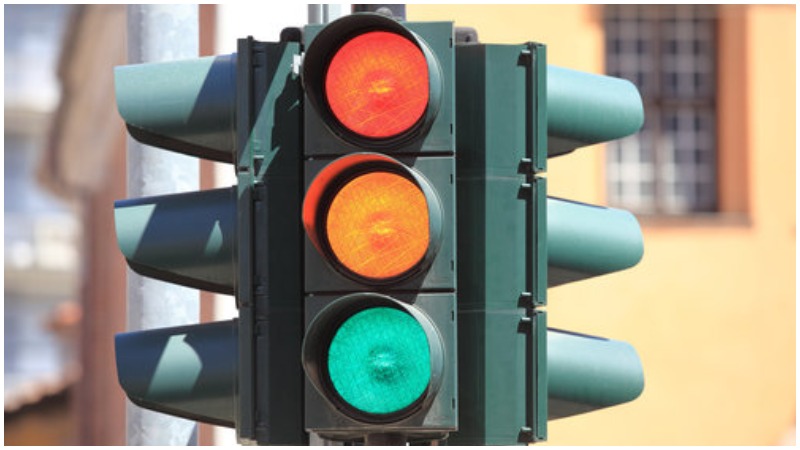Everyone is familiar with the red, yellow, and green stoplights at busy intersections keeping the traffic flow going smoothly, but did you ever wonder how they came to be in all of our cities and towns?
Long before people were driving automobiles, horse-drawn wagons were clogging up intersections, and it was becoming dangerous for pedestrians. According to the BBC, John Knight, a manager in the railroad industry, suggested using the same type of device the trains used.
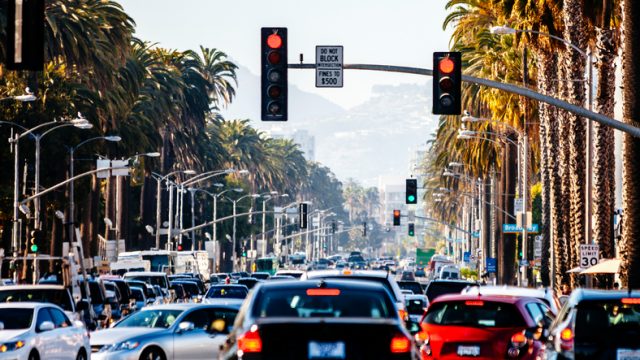
The railroads used a box with a small sign that flipped between stop and go and was lit up at night by a nearby gas lamp. The only drawback was that someone had to operate it manually. The first light was put up at Bridge Street and Great George Street in Westminster, London, in 1868.
The signal worked well, and Westminster was discussing getting more. Just a few weeks later a gas main leaked and caused the light to explode, injuring the man stationed to operate the signal. The installation of more lights was scrapped.
In 1896, with the introduction of the automobile to the public, the idea of traffic lights was revisited. By this time there were several men working on plans for traffic lights.
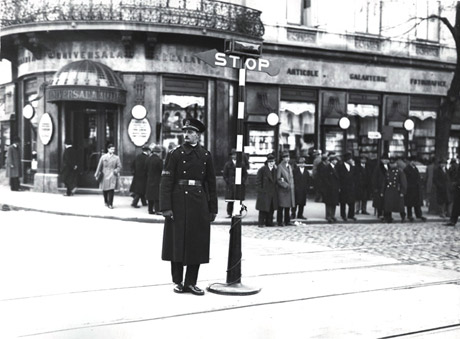
According to Google’s digitized patent records, Ernest E. Sirrine filed patent number US976939A on April 4, 1910, for a Street Traffic System that used signs that would flip up or down, like the signal in England, but would do so automatically on a timer. It was first used in Chicago that same year.
In 1912, Lester Farnsworth Wire of Salt Lake City, Utah was appointed to head up the first traffic division in the city. Wire took his job very seriously and decided that, instead of officers standing out in the elements directing traffic, he would design an electric traffic signal.
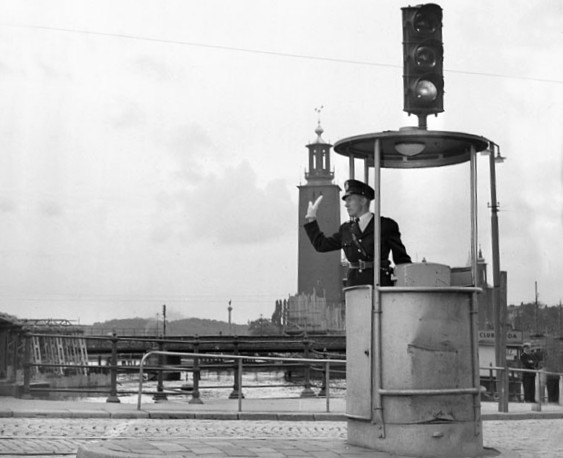
There were only red and green lights and the box was placed on a tall pole right in the middle of the intersection. It was powered by the electric trolley lines above. At first, an operator was still needed to stand in the weather and flip the switch, but in 1914 Wire added an enclosed platform for the operator.
The only problem was that the light boxes looked like birdhouses, which either amused or annoyed the townspeople. Local kids often vandalized the boxes. Wire had waited too long to file his patent and was unable to do so.
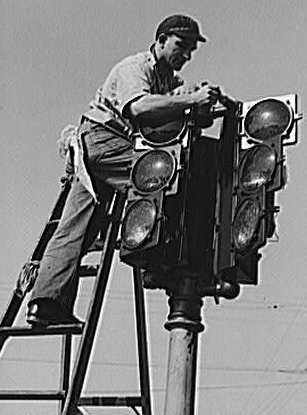
James Hoge of Cleveland, Ohio won the patent rights to the electric stoplight with his independent design in 1913. Patent number US1251666A was awarded on September 9, 1913. His lights lit up the words “stop” and “move” and were installed in Cleveland in 1914. Hoge’s lights were the first that could be paused when emergency vehicles needed to get through.
In 1917 William Ghiglieri of San Francisco patented the first light that used solid red and green lights.
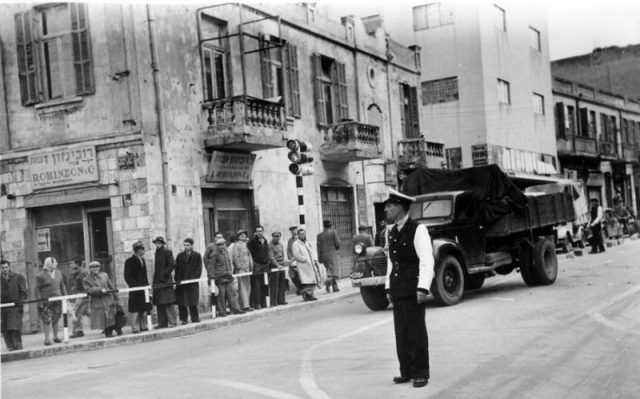
Detroit policeman, William Potts, also used the railroad signal system as a basis for his design, but he added the yellow caution light we see today. Potts’ light was installed at Woodward and Michigan Avenues, and the city bought fifteen more.
Another Clevelander, Garrett Morgan, patented the fully automatic three-light traffic signal in 1923. His invention was bought by General Electric for forty thousand dollars. General Electric was able to retain the monopoly, and the traffic light evolved into what it is today.
The “walk” signal for pedestrians came about in the 1930s and was tested in 1934 in New York. In 1947, John S. Allen filed patent number US2503574A for his design which included the possibility of adding advertisements.
Read another story from us: The Strange Ways People Stayed in Touch Using Barbed Wire
Tests are currently being done with “smart” technology allowing traffic signals to sense the traffic flow and adjust accordingly.
